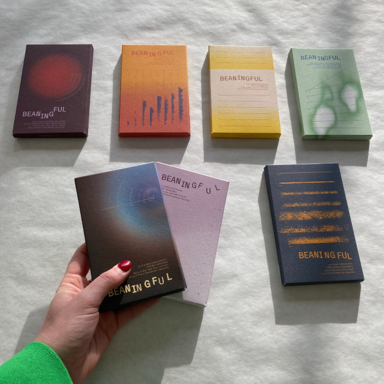
Milton Glaser & Designism
By Brian Collins on Jul 03, 2018
Brian Collins reflects on Milton Glaser's socially consious impact on the ADC.
Back in 2006, I had an idea to initiate an annual forum at the Art Directors Club, one devoted to a belief that design and advertising professionals could use their skills and talents to shape life and instigate social change in our challenging times. And I didn't mean this as a side project, an after-work endeavor that creatives do in their spare time, but rather as part of our daily professional lives. Social change should be ingrained in what we do, with generosity and benevolence integral to how we operate as professionals and as citizens.
My original title for this forum was “Design for America,” as I wanted to reignite a once vital conversation about social good among young, US-based designers, back when they were mostly obsessed with early careerism. I looked towards people like Milton Glaser and George Lois as examples of leaders who took their culturally and politically activist roles seriously across their careers. Glaser was the first person I invited to be part of "Design for America."
He hated the name. Instantly.
“It sounds xenophobic, Brian," he explained. "Too nationalistic. We need a bigger idea, with more encompassing language. A term like Modermism or Futurism.”
That said, Glaser was still interested in participating, provided that we made some changes. "People invite me to speak all the time," he said. "I’m tired of talking about my own work. But this forum is based on a solid idea, and a very important one at that. So I’ll do it. But not with that name.”
Glaser got back to me, later, with his own proposal. “May I suggest ‘Designism’ instead? How’s that? Shall we do that?”
I told him it was perfect, and I agreed to change the name of the forum immediately. I then asked him if he would create a symbol for the event. “Yes," he agreed. "I think I’ll do it like a button, so it feels more like a movement, an idea.”
When we met him later in his office, he showed me this:

And thus Designism was born.
George Lois was the next person I invited to this newly rechristened forum, and he agreed right away. I knew it would be interesting to have both Milton and George together, because although both were ADC Hall of Fame laureates (Lois in 1978, Glaser a year later) the two of them didn't exactly get along. “The problem with advertising people is that they are so obsessed with what clients want instead of what people need,” said Glaser.
Nevertheless, the two icons agreed to be part of the forum, as did future Hall of Famer Jessica Helfand and inaugural Young Guns winner James Victore. They were joined by renowned satirist, writer, and actor Tony Hendra; and essayist and radio host Kurt Andersen, with the entire discussion moderated by yet another ADC Hall of Famer, the incomparable Steven Heller.
Needless to say, the evening was a smash. You can hear the audio of the discussion in its entirety below.
The highlight of that evening for me, personally? As the massive crowd left, Glaser quietly turned to me and said: “This was good, Brian. People came and were engaged. This gives me hope. Let’s do this again.”
And so we did. Three more times, in fact, each event more successful than the last. The last event occurring nearly six years ago to the day, to a packed house at the old ADC Gallery. We also introduced a new honor into the ADC Annual Awards in 2011, awarded to work that instigates social change. This accolade, the Desigism Cube, continues to be awarded to this day.
Reflecting on Milton Glaser's recent passing, as well as the social uprising that has exploded across the US and the world in recent weeks, the message behind Designism is needed within our industry more than ever. I think we should bring the Designism forum to life once again, to celebrate Glaser's legacy.
Related



